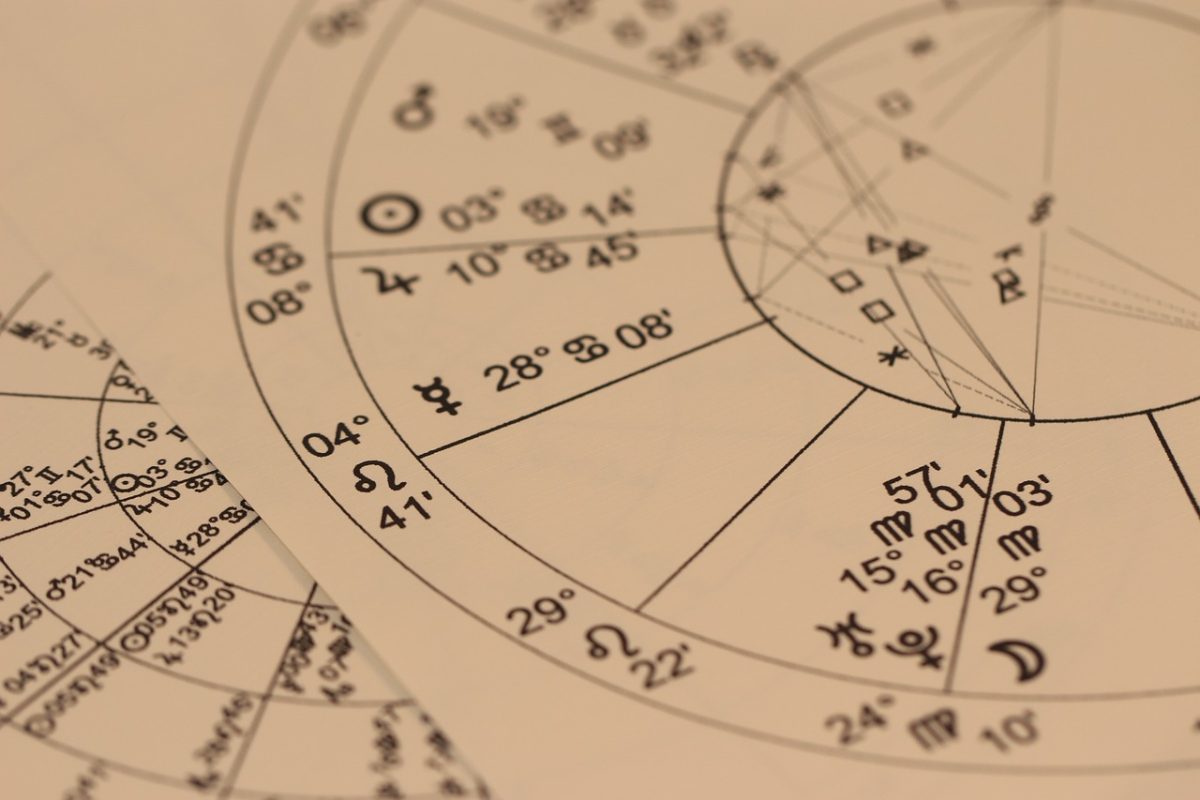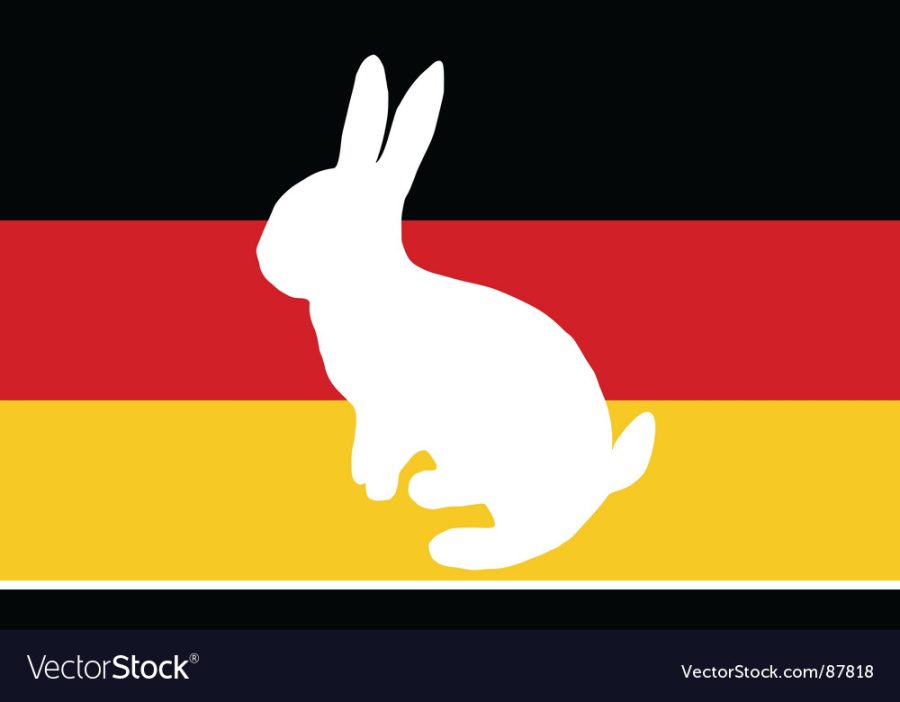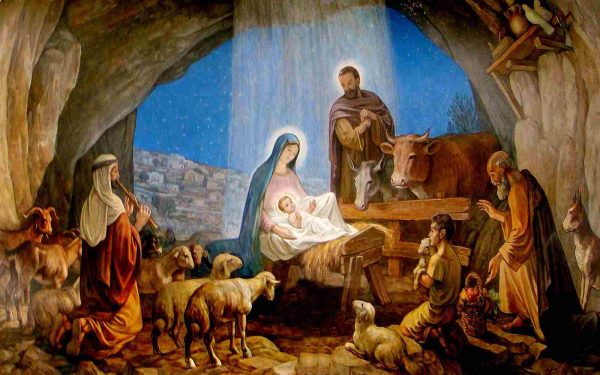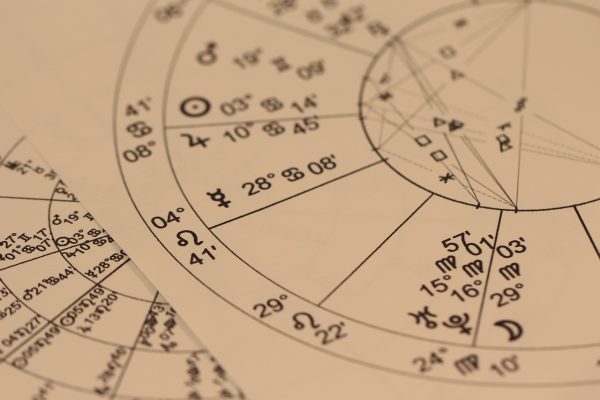The German Bunny
April 13, 2022
Have you ever wondered why we have an Easter Bunny? Or how it ties in with the religious celebration of Easter? Where did the bunny come from? We all know bunnies are mammals and don’t lay eggs, but the Easter bunny is known to, and give them out to children on Easter morning. This actually ties into Christianity in a way and there is a bit of logic for it.
The Bible never mentions a bunny for Easter but it is a symbol for the holiday. Bunnies are known for their procreation. Therefore, they are the symbol of fertility and new life. Eggs are also a symbol for new life, hence, the connection. Easter eggs are likely linked to pagan tradition. The eggs are used in this tradition to celebrate spring and new life. From a Christian perspective, eggs are seen as Jesus’ resurrection. Egg decorating actually dates back to the early 13th century.
Where did the bunny come from? Some sources show that German immigrants, who settled in Pennsylvania, passed on their tradition of their rabbit named “Osterhase” or “Oschter Haws.” Their kids would decorate baskets for their bunny’s eggs. This tradition spread across the U.S. and now Easter morning is as we know it. Chocolates and other candies were shortly thrown into the customs along with carrots to feed the Easter bunny.
What about Easter candy? Second to Halloween, Easter is one of the best candy selling holidays. Chocolate eggs can actually be dated back to the 19th century in Europe. For a decade, the best selling easter candy, that isn’t chocolate based, is the Peep. “Bethlehem, Pennsylvania-based candy manufacturer Just Born (founded by Russian immigrant Sam Born in 1923) began selling Peeps in the 1950s.” Originally, peeps were just marshmallow flavored yellow chicks until other shapes and flavors were introduced.
Works Cited
Editors, History com. “Easter Symbols and Traditions.” HISTORY, https://www.history.com/topics/holidays/easter-symbols. Accessed 6 Apr. 2022.



























